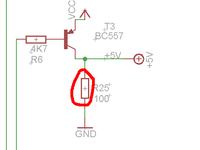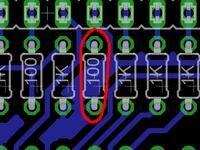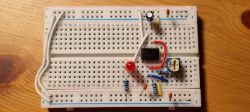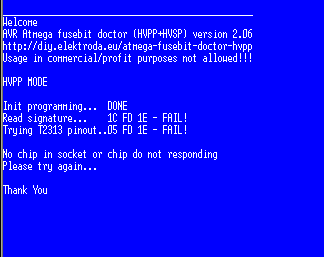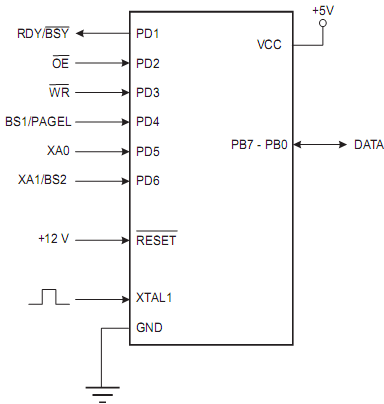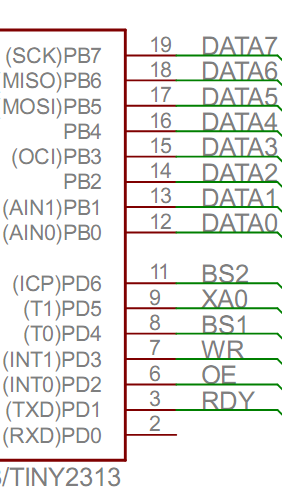I made the layout on the uC atmega168, uploaded the software (hex file via avrstudio4, then bin via bascom) and ... nothing
I connect to rs232 to max232 and I get the following bushes:
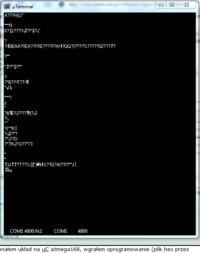
could this be due to wrong value in the osccal register?
because this mega168 once "programmed" to me as mega8, because I mistook the boxes and then resurrected her avr dragonem
The fusebits are programmed well
Edit:
I don't know what was wrong, but I think my rs232 cable broke somewhere, because the messages appear correctly on the ftdi adapter

EDIT2:
I don't know what is still wrong, but the program stops at INIT programming ... and only lightly touching the pins with your finger causes the program to go on ... and no chips or sockets are connected to the processor. Nothing changes after connecting attina13 ... in total I get this message:
Welcome
AVR Atmega fusebit doctor (HVPP+HVSP) version 2.08
http://diy.elektroda.eu/atmega-fusebit-doctor-hvpp
Usage in commercial/profit purposes not allowed
for firmware updates: twitter.com/manekinen
HVPP MODE
Init programming... DONE
Read signature... 00 01 02 - FAIL!
Trying T2313 pinout..00 01 02 - FAIL!
No chip in socket or chip do not responding
Please try again...
Thank You
EDIT3:
probably something wrong with this m168 ... unfortunately I only have one, but I will check it out

on the m8 it is ok for now with the attiny13 processor
if I have time, I will block the m2560 with a dragon

EDIT4:
and yet it works with tiny13 ...
So far I have tested:
attiny13-OK
attiny85-OK
90s2313-OK (admittedly it displays FAIL at the beginning and then Trying T2313 pinnout, but then programs the fuses with default values, although this processor probably cannot be blocked

)
EDIT5:
attiny2313-OK
atmega2560-OK (I tested on 3 pieces, 1 on the board-OK, 2 in the socket-OK, 3, overheated during hot soldering, as expected it does not respond)
Welcome
AVR Atmega fusebit doctor (HVPP+HVSP) version 2.08
http://diy.elektroda.eu/atmega-fusebit-doctor-hvpp
Usage in commercial/profit purposes not allowed
for firmware updates: twitter.com/manekinen
HVPP MODE
Init programming... DONE
Read signature... 1E 98 01
Searching chip... Atmega2560
Chip erase... DONE
Read fusebits... L:E2 H:D9 E:FF
Should be... L:62 H:99 E:FF
Lockbits... DISABLED (FF)
Rewriting 6299FF... DONE
Verifying... L:62 H:99 E:FF - OK!
15 fixed chips
Thank You
so you can confirm operation for these processors
EDIT6:
Photo of my equipment (mini doctor that can be used as a test board for atmega8 / 168/328 processors and tqfp-100 socket):
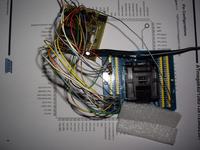
EDIT7:
I only miss one thing (I have not yet implemented it in my version), namely the pull-up resistor on the reset line. sometimes when I touch the plate from the bottom, the processor resets and starts working, which is not desired
